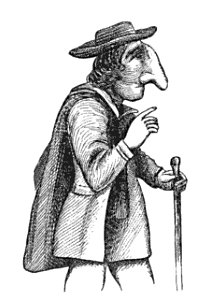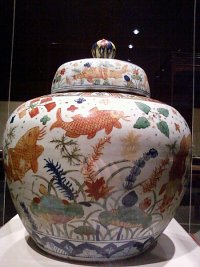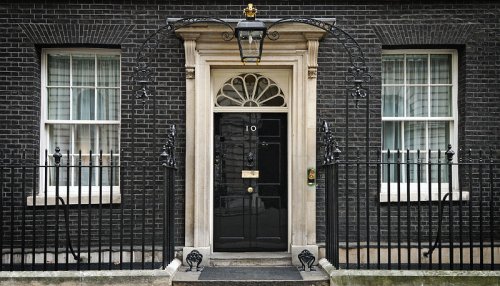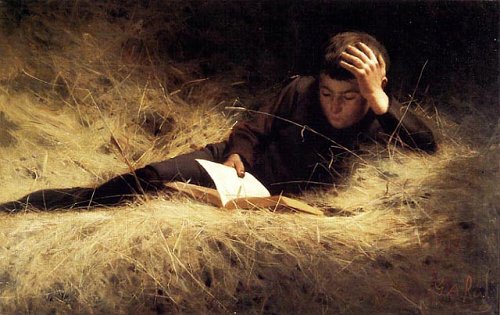Charles Ollier observed that GHOTI can be pronounced “fish”:
- GH as in laugh
- O as in women
- TI as in nation
Melville Dewey, who devised the Dewey Decimal System, suggested that GHEAUGHTEIGHPTOUGH spells “potato”:
- GH as in hiccough
- EAU as in beau
- GHT as in naught
- EIGH as in neigh
- PT as in pterodactyl
- OUGH as in though
This sort of thing can get out of hand quickly. In his 1845 Plea for Phonotypy and Phonography, Alexander John Ellis offered SCHIESOURRHCE for “scissors,” GNUITHEIERRH for “neither,” PHAIGHPHEAWRAIBT for “favorite,” PSOURRPHUAKNTW for “servant,” and (fittingly) EOLOTTHOWGHRHOIGHUAY for “orthography.”
GHOTI might even be silent:
- GH as in though
- O as in people
- T as in ballet
- I as in business
Other languages, it seems, have simply surrendered — the Klingon word for fish is ghotI.





